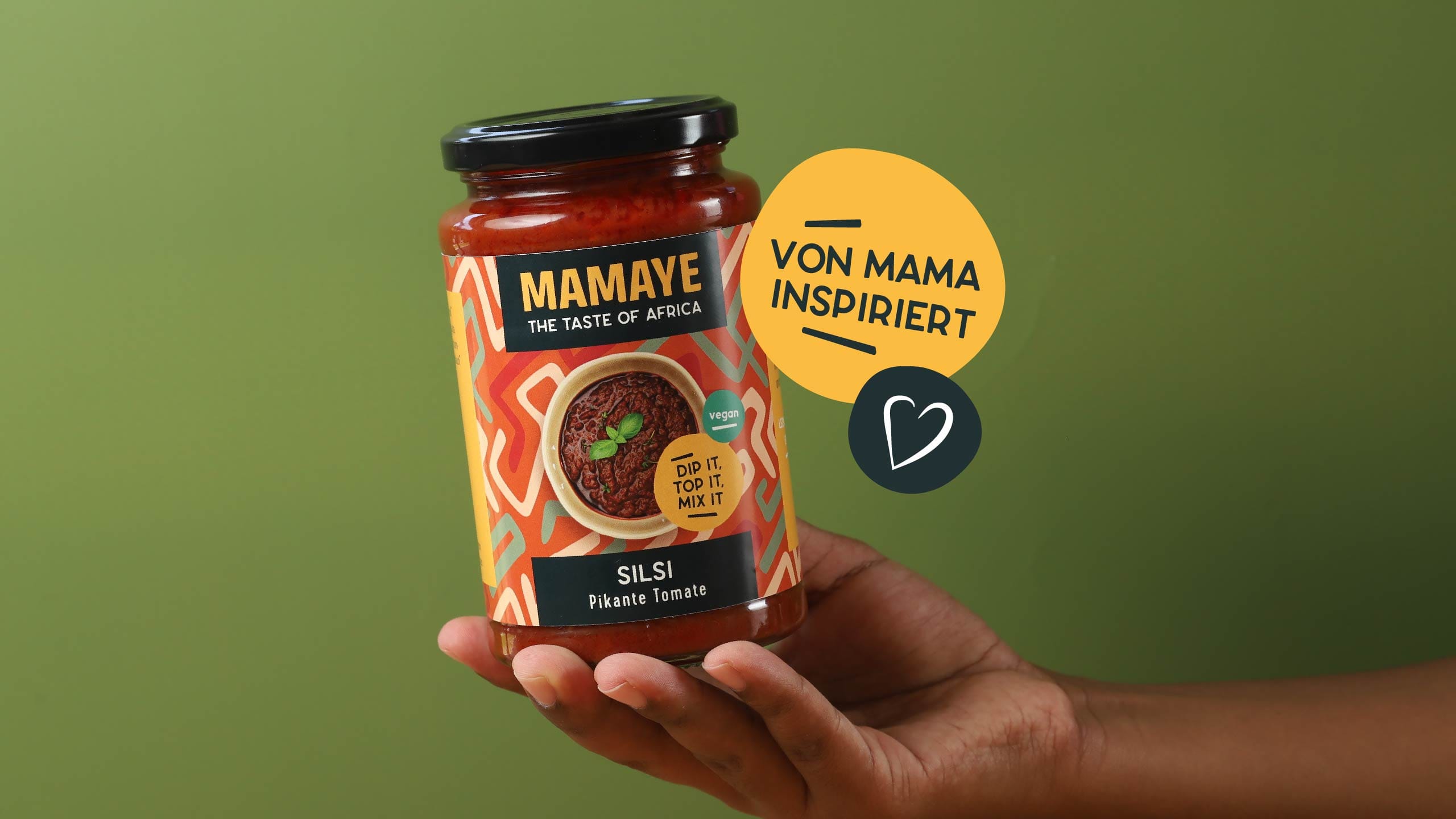What makes successful packaging design in the food & beverage sector?
Packaging design is much more than a visual shell – it is the interface between brand, product and consumer:in.
At MILK., packaging stands for brand strategy, storytelling, functionality and sustainability in balance.
We show what makes good packaging design, which principles we apply and how we use them to make brands tangible.
Table of contents
- What is packaging design?
- The five basic functions of packaging
- Success factors for packaging in the food & beverage segment
- Practical examples
- Challenges & future developments
- Conclusion & recommendation for action
Extended definition & context
What is packaging design?
Packaging design combines function, form and emotion.
It not only protects a product, but also conveys brand values, trust and differentiation.
At its core, it is about three levels:
- Strategic: Brand positioning & target group understanding
- Visual: design, structure, color, typography
- Technical: choice of materials, production processes, sustainability
Good packaging design manages to impress within seconds – on the shelf, online or in everyday use.
The five basic functions of packaging
Protective function – safety & durability
Packaging protects the product from external influences and ensures quality.
Examples: Vacuum packaging for coffee, MAP packaging for fresh produce, glass bottles for dairy products.
Information function – transparency & orientation
Consumers expect clear, honest information about ingredients, origin and preparation.
Examples: Nutritional value tables, QR codes with product information, allergen information.
Communication function – brand & emotion
Packaging is a brand ambassador and emotional trigger.
Examples: iconic brand shapes, color codes, storytelling on the label.
Handling function – convenience & user-friendliness
Good design means ease of use, transportation and resealability.
Examples: Zipper bags, portioned snacks, to-go concepts.
Sustainability function – responsibility & circularity
Sustainability is an integral part of modern packaging design.
Examples: Recycled materials, refill systems, mono-material cups.
Successful packaging combines all these functions – it protects, communicates and inspires at the same time.
Success factors for packaging in the food & beverage segment
Regulatory security & responsibility
Compliance with LMIV, PPWR and EmpCo guidelines is mandatory. Design processes must integrate compliance.
Buying impulse at the point of sale
Packaging is the most important communication medium on the shelf. It must have an emotional impact and create an appetite.
Packaging as a storyteller
Storytelling conveys origin, quality and sustainability – authentically and in line with the brand.
Handling & Convenience
Ergonomics and functionality characterize the user experience – especially with to-go products and refill systems.
Design with attitude
Modern packaging design stands for values: awareness, transparency and aesthetic clarity.
Examples from practice

Golden Toast – shelf impact that makes you shine.
The new design features a striking category tag that clearly identifies the toast and sandwich varieties. Additional images of cereal ears and handmade details add natural, emotional elements to the brand’s modern look, and new variety colors ensure a coherent and well-structured range.

Mamaye – Bring the taste of East Africa into your home!
Colors, patterns and spices: Mamaye stands for the variety of flavors of East Africa – interpreted in a modern way, told authentically. Our design gets to the heart of the vibrant food culture of Eritrea and Ethiopia – with bold colors, powerful patterns and a cheerful design language that inspires. In this way, Mamaye creates quick, uncomplicated access to East African cuisine and brings a new variety of flavors into everyday life.
Challenges & future developments
Sustainability as standard
Design decisions must take ecological impact, material efficiency and recyclability into account.
Digitalization & smart packaging
Packaging is becoming interactive – QR codes, NFC tags and digital product passports link design with data.
Consumer change & value orientation
Consumers expect meaning, authenticity and a clear attitude. Packaging is becoming part of the brand ethic.
Sustainability as a process
Sustainable design is no longer an add-on, but an integral part of every step of the process – from the choice of materials to communication.
Regulatory pressure
PPWR & EmpCo tighten requirements – design processes must be legally compliant and documented.rdern compliance know-how as early as the design phase.
AI & automation
Artificial intelligence is changing design development, artwork production and trend analysis – efficiency meets creativity.
Conclusion
Recommendation for action
Packaging design is the visible expression of a brand.
It combines strategy, design, material and responsibility in a clear system – from the idea to the shelf.
Recommendations:
- Think of packaging holistically – as a strategic tool, not as a decorative element.
- Integrate sustainability, regulation and material innovation at an early stage.
- Use data & AI to better understand market behavior.
- Tell stories that create trust and desire.